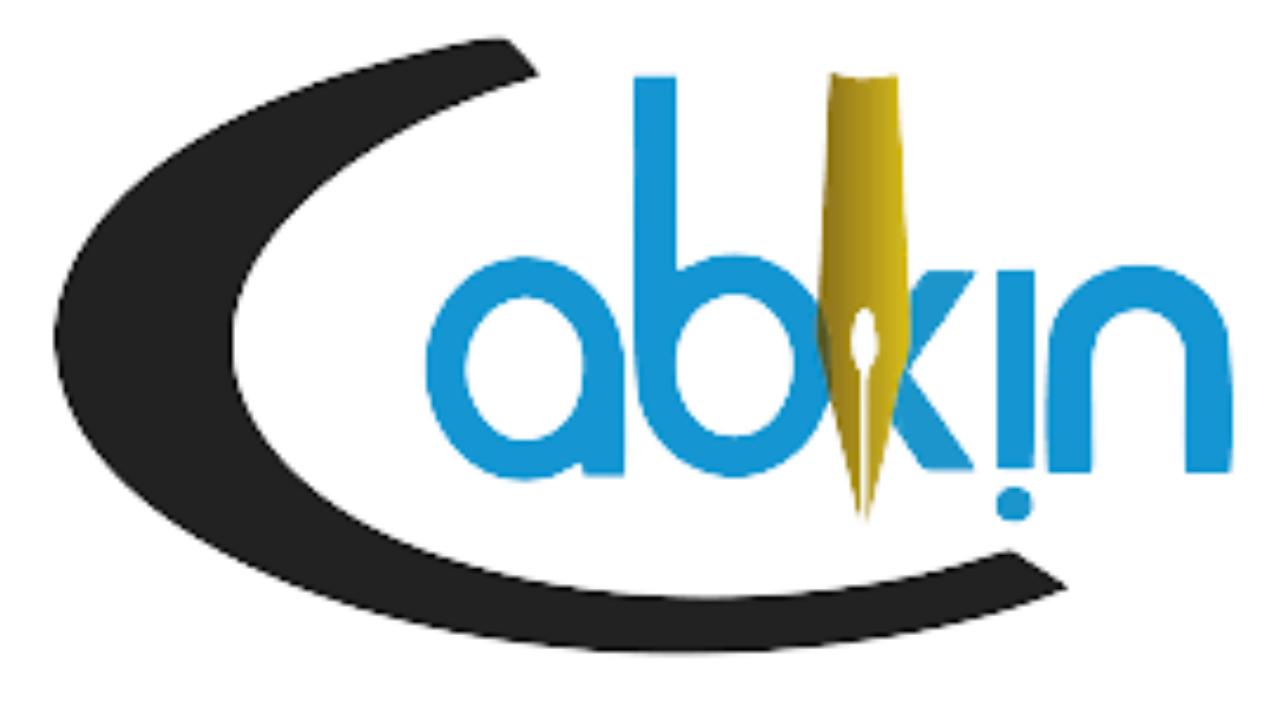Adaptabilitas Karier Generasi Milineal Menghadapi Kemajuan Tekhnologi Era Industri 4.0
Abstract
Keywords
Full Text:
PDFReferences
Douglass, R. P., & Duffy, R. D. (2015). Calling and career adaptability among undergraduate students. Journal of Vocational Behavior, 86(1), 58–65. DOI:10.1016/j.jvb.2014.11.003
Einarsdóttir, S., Vilhjálmsdóttir, G., Smáradóttir, S. B., & Kjartansdóttir, G. B. (2015). A culture-sensitive approach in the development of the career adapt-abilities scale in Iceland: Theoretical and operational considerations. Journal of Vocational
Behavior, 89(1), 172–181. DOI: 10.1016/j.jvb.2015.06.006.
Guðbjörg Vilhjálmsdóttir, (2017) The Importance of Group Norms in Interpreting Results of Career Adaptability Measures, Department of Career Guidance and Counselling, University of Iceland, Reykjavík, Iceland, DOI: 10.1007/978-3-319-66954-0_22.
Gunawan, W. (2013). Pengaruh Sumber-Sumber Efikasi Diri Dan Efikasi Diri Pengambilan Keputusan Karier Terhadap Adaptabilitas Karier Remaja. (Unpublished master’s thesis) Universitas Indonesia, Jakarta, Indonesia.
Irianto, K. (2014). Epidemiologi Penyakit Menular dan Tidak Menular Panduan Klinis. Bandung: Alfabeta.
Kagermann, H., Lukas, W.D., & Wahlster, W. (2013). Final report: Recommendations for implementing the strategic initiative INDUSTRIE 4.0. Frankfrut: Industrie 4.0 Working Group.
Lee, E. A. (2008). Cyber Physical Systems: Design Challenges. 2008 11th IEEE International Symposium on Object and Component-Oriented Real-Time Distributed Computing (ISORC). DOI:10.1109/isorc.2008.25
Lent, R. W., & Brown, S. D. (2006). Integrating person and situation perspectives on work satisfaction: A social-cognitive view. Journal of Vocational Behavior, 69(1), 236-247.
Pratzner, F. C., Ashley, W. L. (1984). Occupational adaptability and transferable skills: Preparing today’s adults for tomorrow’s education. Yearbook of the American Vocational Association. Arlington, TX: American Vocational Association.
Savickas, M. L. (1997). Adaptability: An integrative construct for life-span, life-space theory. Career Development Quarterly, 45(1), 247–259.
Savickas, M. L. (2013). Career construction theory and practice. In R. W. Lent, & S. D. Brown (Eds.), Career development and counseling: Putting theory and research to work (pp. 147–183) (2nd ed.). Hoboken, New Jersey: John Wiley & Sons.
Savickas, M. L., & Porfeli, E. J. (2011). Revision of the career maturity inventory: The adaptability form. Journal of Career Assessment, 19(1), 355–374.
Savickas, M. L., & Porfeli, E. J. (2012). Career adapt-abilities scale: Construction, reliability, and measurement equivalence across 13 countries. Journal of Vocational Behavior, 80(1), 661–673. DOI: 10.1016/j.jvb.2012.01.011.
Schlechtendahl, J., Keinert, M., Kretschmer, F., Lechler, A., & Verl, A. (2015). Making existing production systems Industry 4.0-ready. Production Engineering, 9(1), 143148.
Seligman, M. (1994). What you can change and what you can’t. New York: Knopf.
Suwardana, H. (2017). Revolusi Industri 4. 0 Berbasis Revolusi Mental. JATI UNIK, 1(2), 1-10.
Yousefi, Z., Abedi, M., Baghban, I., Eatemadi, O., & Abedi, A. (2011). Personal and Situational Variables, and Career Concerns: Predicting Career Adaptability in Young Adults. The Spanish Journal of Psychology, 14(01), 263–271. DOI:10.5209/rev_sjop.2011.v14.n1.23
DOI: https://doi.org/10.18326/pamomong.v1i2.111-121
Refbacks
- There are currently no refbacks.
Copyright (c) 2021 Rina Rindanah

This work is licensed under a Creative Commons Attribution-ShareAlike 4.0 International License.
Pamomong: Journal of Islamic Educational Counseling is licensed under a Creative Commons Attribution-ShareAlike 4.0 International License







